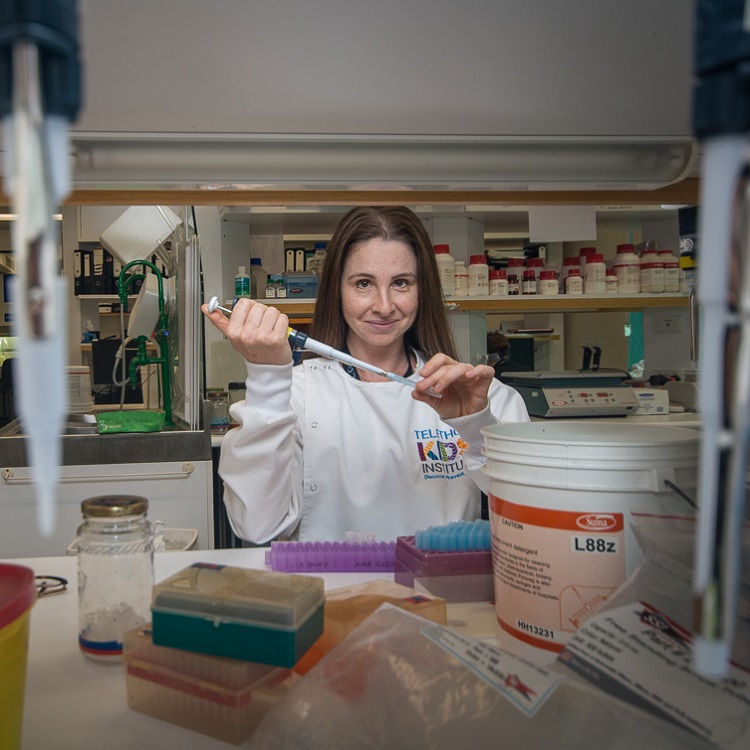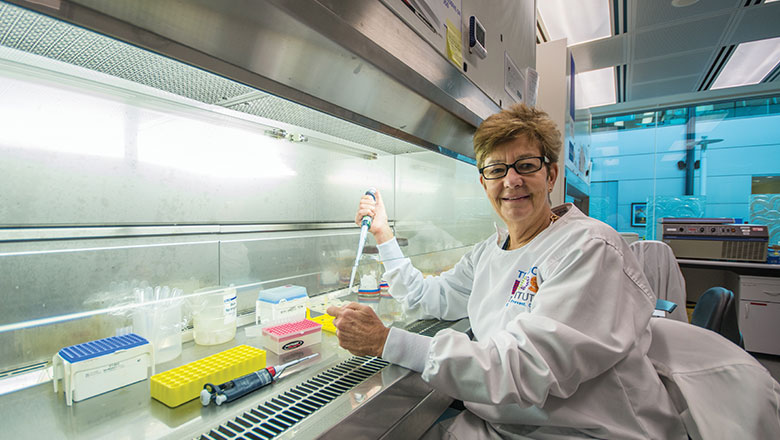Search
Research
Gene regulation by 1,25-dihydroxyvitamin D3 in CD4+CD25+ cells is enabled by IL-2Vitamin D may be responsible for reducing the development and severity of autoimmune and allergic diseases. Topically applied 1,25-dihydroxyvitamin D(3) (1,25(O
Research
Immune-modifying properties of topical vitamin D: Focus on dendritic cells and T cellsTopical creams containing the active form of vitamin D (1,25-dihydroxyvitamin D3; 1,25(OH)2D3) or analogues of this compound are currently used with some succes

News & Events
Government funding for innovative sun safety online tool for teensThe Kids researcher Dr Shelley Gorman has received a Healthway grant to develop an online tool to promote safe sun behaviours to teenagers.

News & Events
Sun safe: balancing the risks and benefitsThe D-Light program, set up in 2014, aims to shed light on the amount of sun exposure that will promote good health in children and adolescents.
News & Events
Chronic lung disease link targeted in new research studyA link between chronic lung disease and low Vitamin D levels is the focus of a new study just started by the Telethon Institute for Child Health Research.
News & Events
The value of Vitamin DResearch has shown that vitamin D levels can have an impact on many aspects of a child's health, including lung growth, language development and eating patterns
Research
Vitamin D deficiency at melanoma diagnosis is associated with higher Breslow thicknessBackground: Epidemiological evidence shows that people with thicker, or higher stage, melanomas have lower vitamin D status compared to those with thinner...
Research
Nutritional approaches for the primary prevention of allergic disease: An updateThe dramatic rise in early childhood allergic diseases indicates the specific vulnerability of the immune system to early life environmental changes.
Research
Maternal vitamin D status during pregnancy and bone mass in offspring at 20 years of age: A prospective cohort studyThis longitudinal, prospective study investigated the association between maternal vitamin D status and peak bone mass of offspring in 341 mother and...
Research
Novel drug targets for asthma and COPD: Lessons learned from in vitro and in vivo modelsThis paper is a review of potential novel therapeutic targets or tools for the treatment of asthma and COPD.
